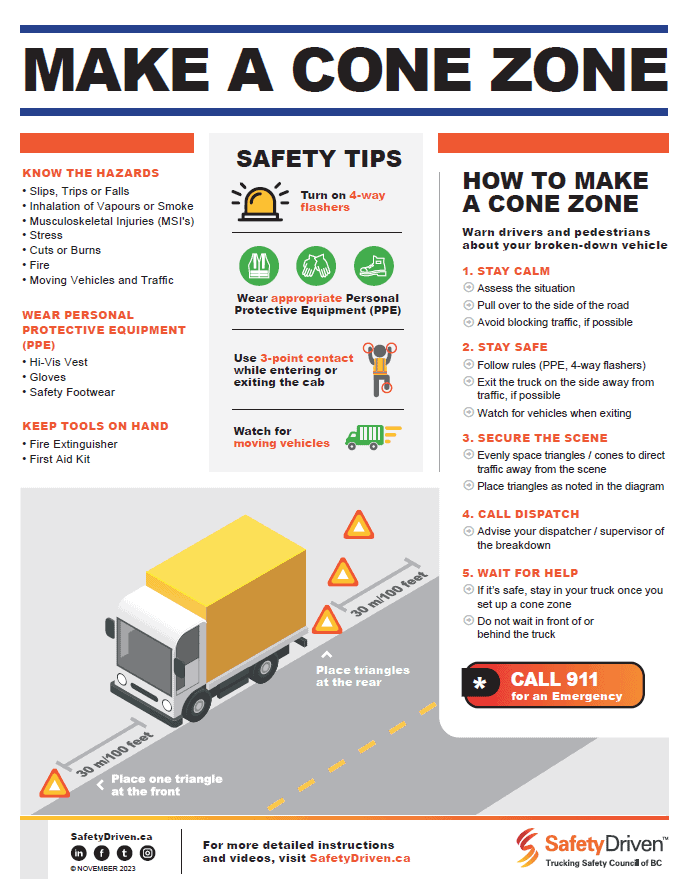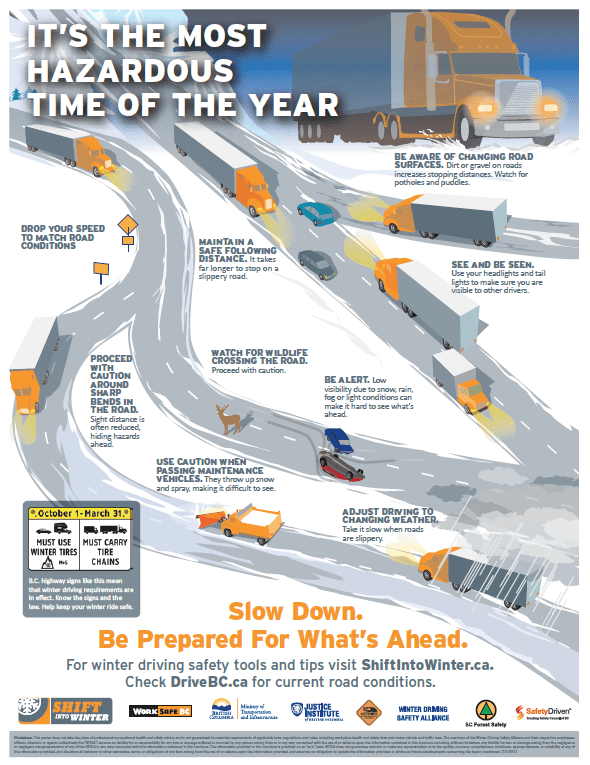Drivers Doing the Right Thing
Staying compliant and keeping professional.
Drivers can be weighed down by the tasks of today, including recording the Hours of Service and conducting proper pre- and post-trip inspections of the truck. Sometimes it is easy to cheat on hours, but this will also come to an end when Electronic Logging Devices become mandatory. The date of compliance for this is December 18, 2017 for US drivers and those professional drivers entering the US.
Keeping proper hours is critical, not only for the driver but also to keep the company in good standing with law enforcement. Maintaining the proper hours and keeping up-to-date with the last change of duty is critical to compliance. It is important to completely understand the Hours of Service rules for the size of the vehicle and the location where you are travelling. For instance, travelling into the USA requires that the driver understand the USDOT rules such as:
- Only eleven hours of driving
- Fourteen hours on duty
- Mandatory rest breaks every eight hours. This can be accomplished by taking the 30-minute rest break between the sixth and eighth hour. This will only require one 30 minute break per eleven hours.
- Being on duty 70 hours in eight days (USA)
- 34-hour reset requirement
- No 120 hours in fourteen days rule
- Ten consecutive hours must be taken off and they cannot be broken up (some exceptions)
- Must have enough hours when crossing the border
If driving north of the 60th parallel, the USA has a separate set of rules. When returning south of the 60th parallel the driver must be in compliance with the usual rules.
These are just some of the rules that a driver has to understand in order to do the job properly:
- Pre-trip inspections are required daily and where the trip lasts more than one day, the pre-trip must also be done at the first rest break after midnight.
- Post-trip inspections must be done at the end of the day or where the trip lasts more than one day, then the post-trip must be done on every subsequent day of the trip.
- Trip inspection reports must be sent in within twenty days of when they were complete (in Canada) and thirteen days when operating in the USA.
- Make sure that the pre-trip inspection report is properly completed before sending it in as they can and will be reviewed if the company is audited. The company has to keep at least the trip inspection reports for 90 days from when they are completed and all of these trip inspection reports can be audited.
These are some of the issues that drivers have to deal with daily and, although they may seem trivial, they are very important as they defend the fact that drivers have complied with the Hours of Service requirements and that they have properly completed the pre- and post-trip inspections for the day.
Drivers represent the company and what they do has a major impact on the company’s operations.
Be safe, follow the Hours of Service rules, and make sure that the vehicle is safe by conducting a proper pre- and post-trip inspection.
For past articles on the National Safety Code please check out our ‘National Safety Code’ page.
Latest Resources
Make a Cone Zone
Dowload this poster for tips on how to make a safe cone zone.Winter Hazards Poster
Drivers need to recognize winter hazards. Share this poster to remind drivers how to ...

